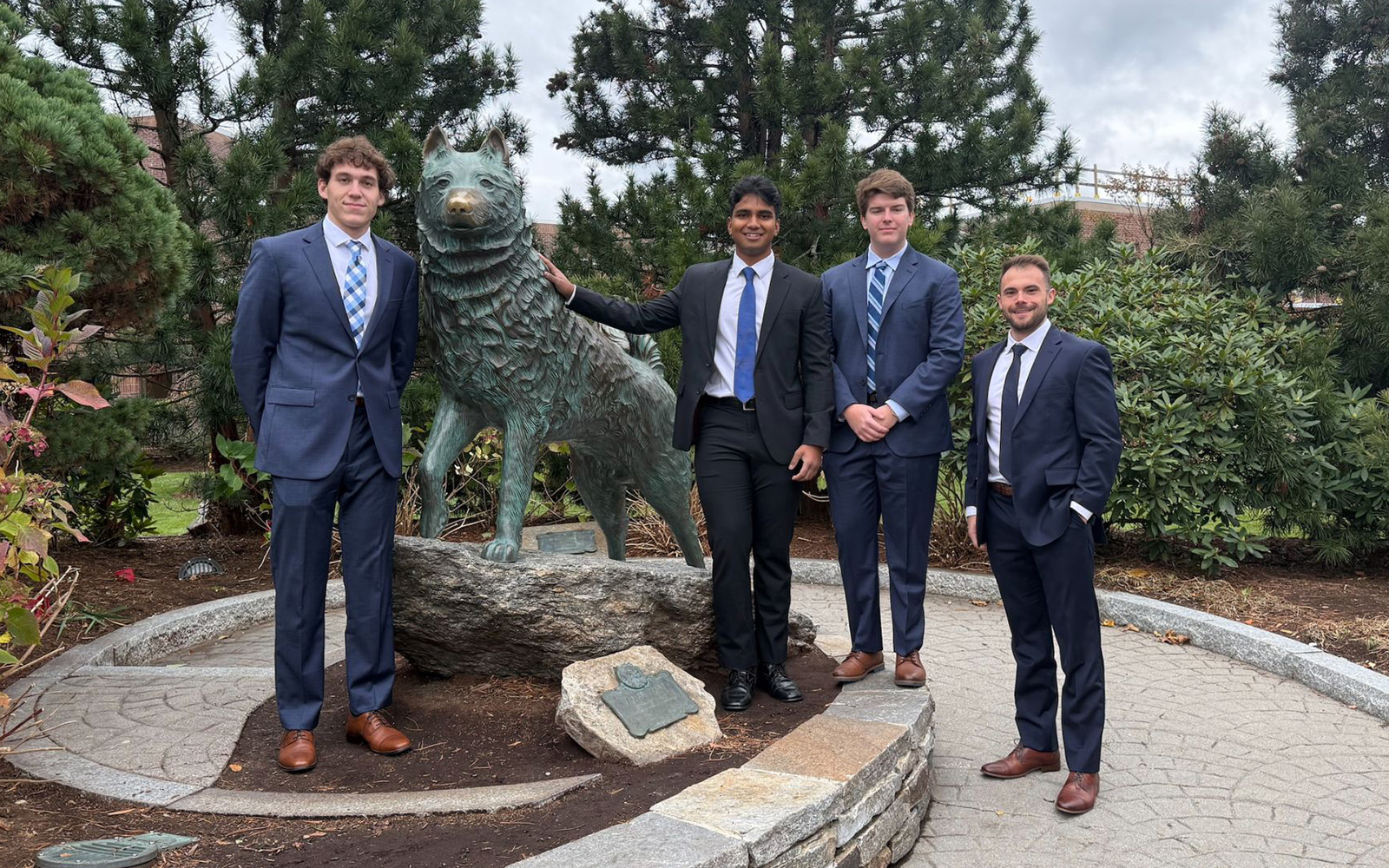A lawsuit over how the boundaries of voting districts are established in Arizona has reached the Supreme Court of the United States. Arizona State Legislature v. Arizona Independent Redistricting Commission has received relatively little attention but it has the potential to disrupt election laws across the country, depending on how the court decides the case in an opinion that’s expected soon.
UConn Today asked Douglas Spencer, associate professor of law and public policy and an expert in election law and legislation, to explain the impact of the case.
What’s the core issue the Supreme Court must decide in this case?
This case is about redistricting. The core issue is whether an independent commission has the authority to draw new congressional districts in Arizona, or whether that authority resides solely with the Arizona state legislature. The state legislature has been in charge of redistricting in Arizona since the state joined the union in 1912. However, Arizona voters approved a ballot initiative in 2000 that created an independent redistricting commission. Voters were frustrated by the partisan jockeying and incumbent protection plans adopted by the state legislature. The state legislature has argued that the independent redistricting commission has no authority because the U.S. Constitution provides that the “times, places, and manner of holding elections for Senators and Representatives shall be prescribed in each state by the Legislature thereof.” So the Supreme Court must decide what the word “Legislature” means.
Shouldn’t it be obvious what a legislature is? Why has this case reached all the way to the Supreme Court?
On the surface, this seems like a pretty cut-and-dried case. However, like many legal issues, the reality is more complicated. In particular, there are two complications to the common sense interpretation of “legislature.” First, the Supreme Court itself has interpreted the word “legislature” to mean “the legislative process” in the past. So, for example, in 1932 the Supreme Court upheld a requirement in Ohio that a redistricting plan survive a gubernatorial veto even though the governor is not “the legislature.” Second, while the U.S. Constitution empowers state legislatures to regulate elections, it includes the following caveat: “but the Congress may at any time by law make or alter such regulations.” Indeed, Congress dictates how Census data should be used “until a state is redistricted in the manner provided by the law thereof.” In Arizona “the law thereof” is that an independent commission should draw the lines.
Last year, a lower court pointed to both of these complications and ruled in favor of the independent redistricting commission. The state legislature appealed this ruling to the U.S. Supreme Court, and a decision is due any day.
Only Arizona and California have this kind of arrangement to set congressional districts. Why does this case matter to other states?
While this case appears to be very technical and boring, it could have an enormous impact on the election infrastructure in almost every state. Voters across the nation have adopted election practices and voting rules of all kinds by ballot initiative. For example, voter ID laws in Mississippi and Arizona, the use of electronic voting machines in Arkansas, the use of mail-in ballots in Oregon, the procedures for filling vacant Senate seats in Alaska, the use of open primaries in California and Washington, and residency requirements in Ohio. All of these reforms, and many others, would be invalidated if the Supreme Court requires that the state legislature approve all changes to the times, places, and manner of holding elections. This case could seriously limit the reach of direct democracy, which has been used to explicitly circumvent state legislatures when voters feel they are not being adequately represented.
What could the impact be in Connecticut if the court decides on a strict definition of “legislature?”
In 2014 Connecticut voters rejected a referendum that would have given the state legislature power to freely regulate early voting and the use of absentee ballots. Although the referendum explicitly referred to absentee voting, critics complained that the referendum would give the legislature “carte blanche” to change all kinds of voting laws. While it is unclear what impact the referendum would actually have had (it failed with 48 percent of the vote), if the U.S. Supreme Court decides on a strict definition of “legislature” in this case, the Connecticut General Assembly would indeed have carte blanche to change the way that elections are conducted in Connecticut. No referendum required.



